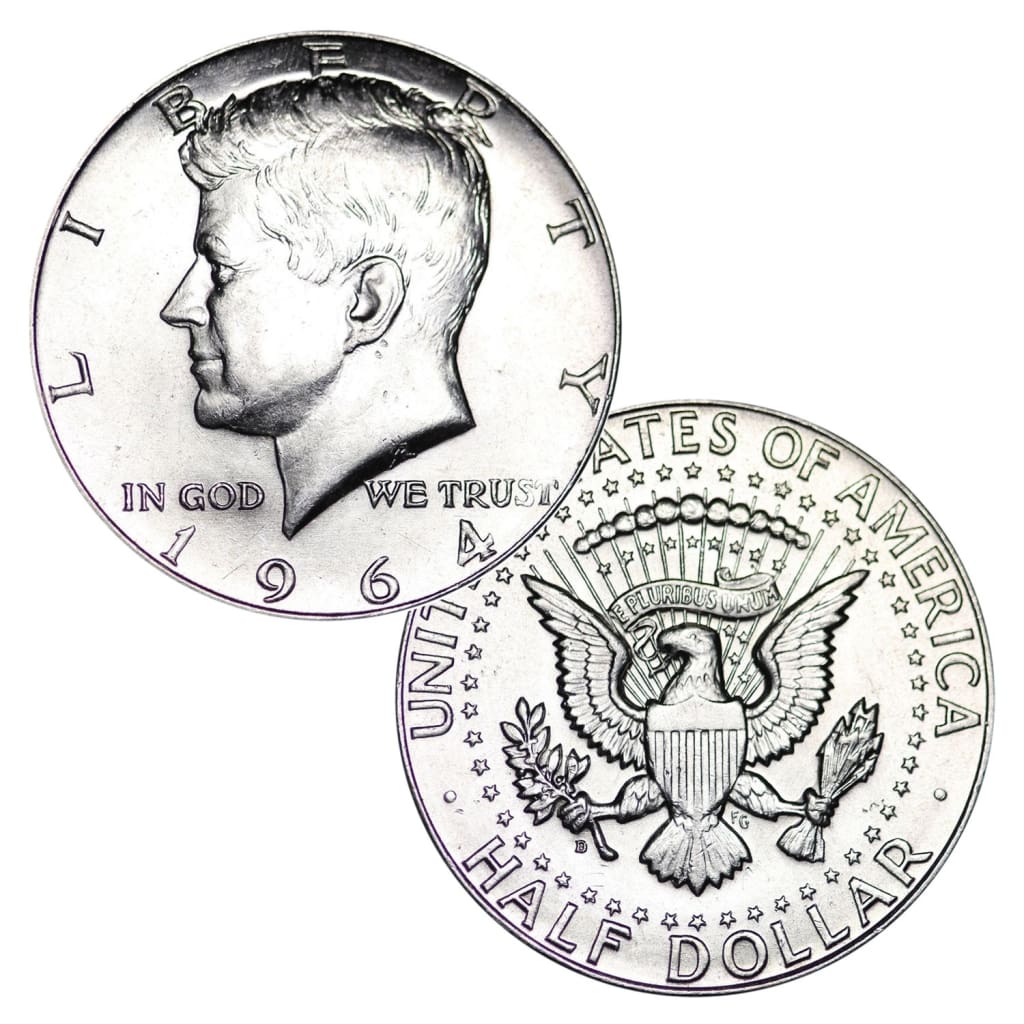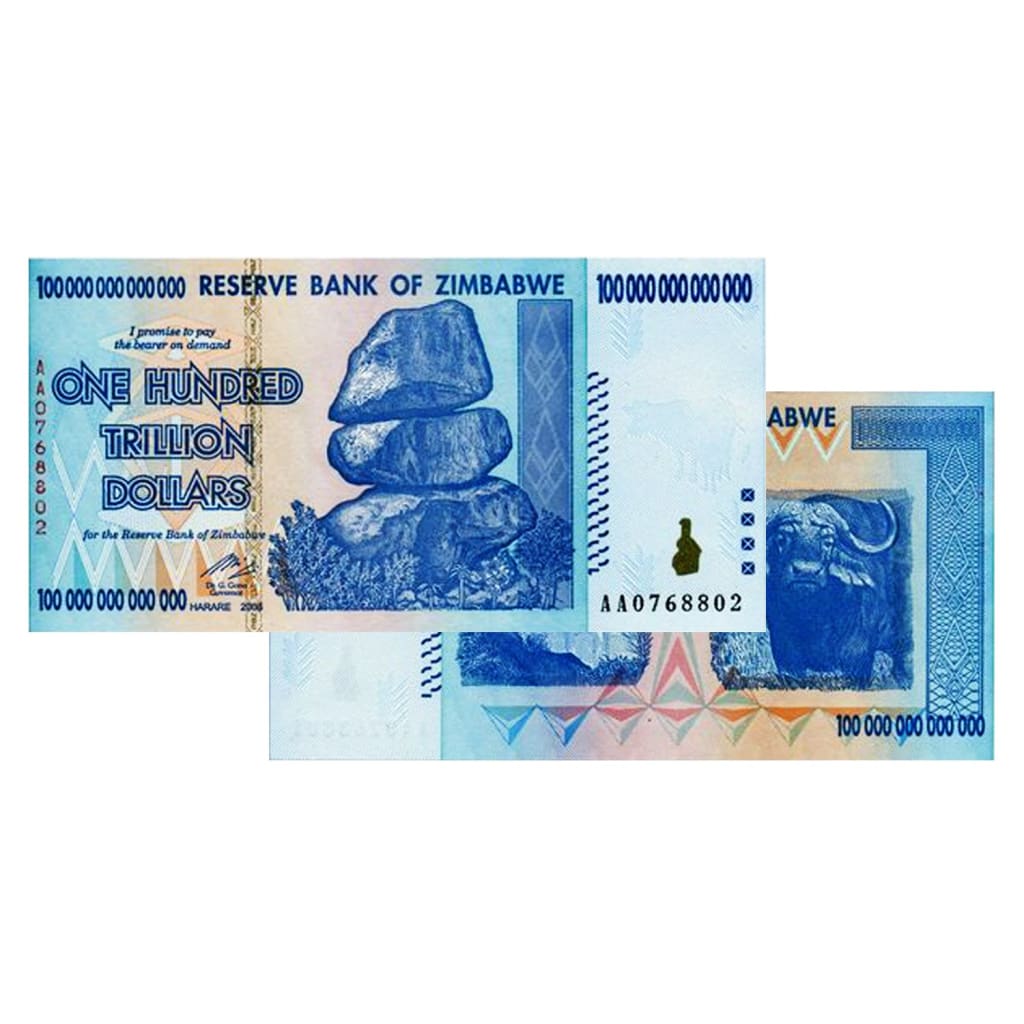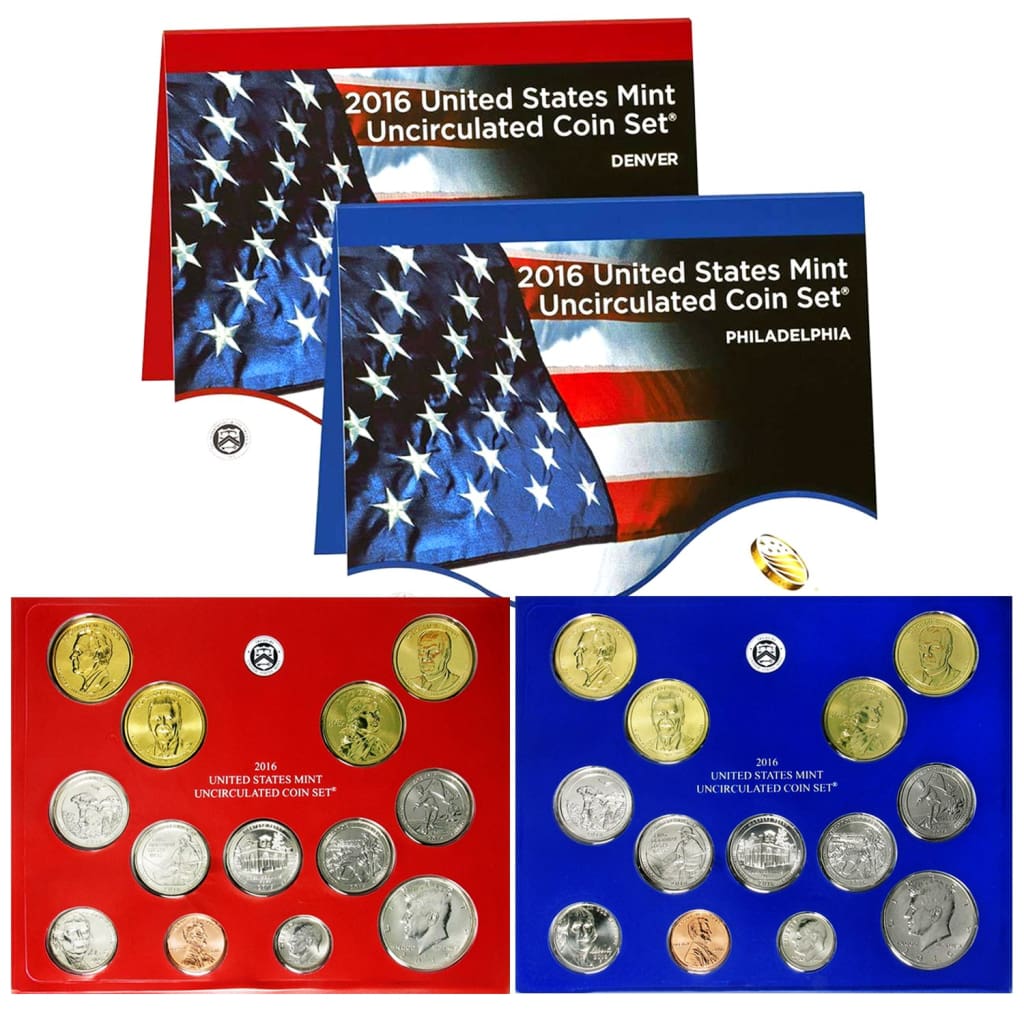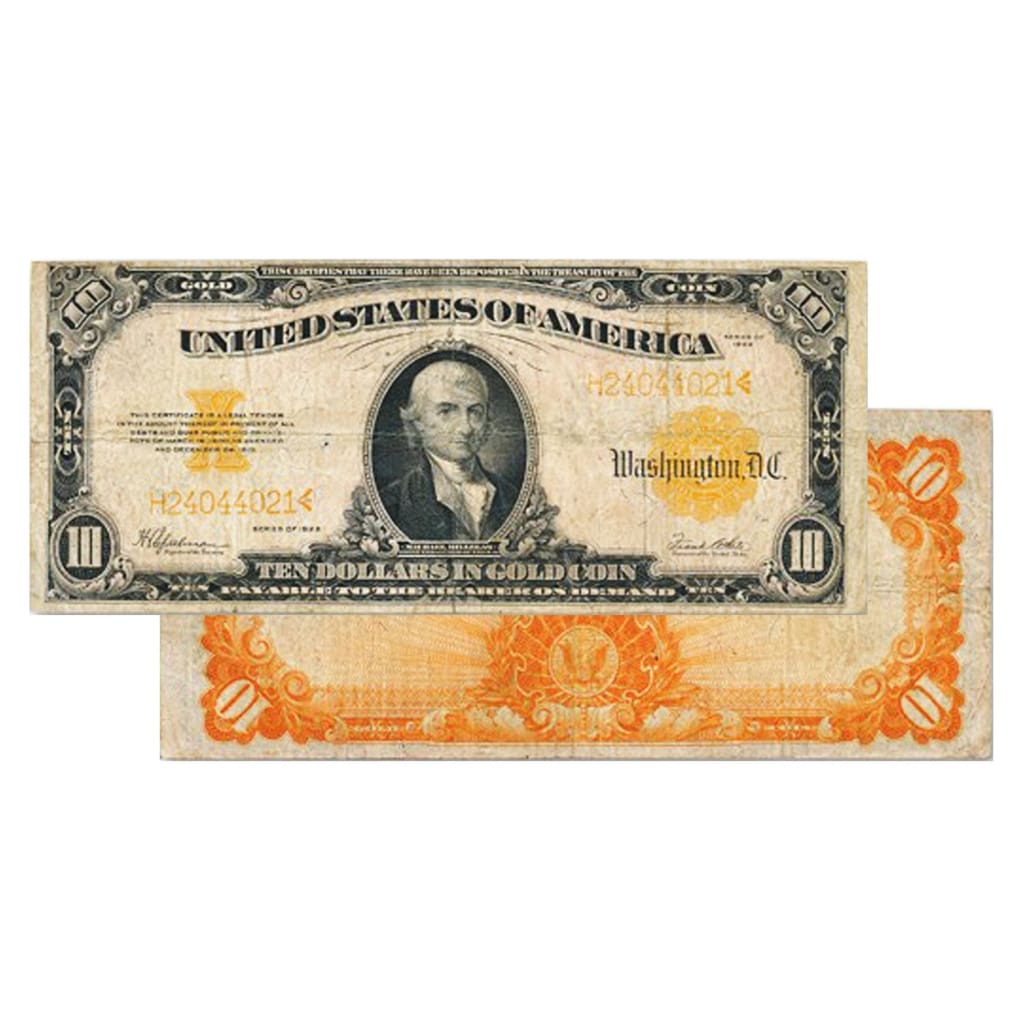The Twenty-Cent Piece: 1875-1878
Some coins outlive their usefulness—two- and three-cent coins, for example. Others, like the half dime, are replaced by newer versions. And some were simply bad ideas. That was certainly the case with the short-lived twenty-cent piece.
The Double Dime
A twenty-cent coin had been proposed (and rejected) as early as 1791 when US coinage was being established. A second attempt in 1806 met a similar fate when the Senate approved a “double dime,” but the legislation failed to pass in the House of Representatives.
But the country had changed dramatically by the 1870s. During the Civil War silver and gold coins had been replaced by paper currency in fractional dollar amounts due to hoarding and bullion shortages. And while most easterners accepted the paper money, little of it made its way to the rapidly expanding west, where settlers were used to dealing in precious metals that had intrinsic worth.
Combined with the influx of settlers and a dislike for base metal coins like the new post-war nickel, this led to severe small coin shortages, giving new life to the idea of a twenty-cent silver coin.
A Coin for Its Time
Several things led to the issue of the twenty-cent piece. First there was the shortage of small denomination silver coins in the western US. While copper coins and the nickel circulated widely in the east, westerners liked their silver and gold. In fact, nearly all of the silver half dimes minted during the Civil War years (when silver and gold coin production largely stopped) were produced in San Francisco.
Second, western mining interests were pressuring Congress to mint more silver into smaller coins since the Coinage Act of 1873 stopped the practice of bullion holders bringing their silver into US mints for conversion to silver dollars.
Finally, the US was considering joining the Latin Monetary Union, a 19th century attempt to standardize international currency on a metric system of weights, much like today’s euro. A twenty-cent silver US coin would conform to that standard better than the quarter dollar coin.
The Twenty-Cent Piece is Born
Citing the factors mentioned above, Nevada Senator and mine owner John P. Jones introduced a bill in 1874 to authorize a twenty-cent silver coin. It was supported by the mint director, and on March 3, 1875 President Ulysses Grant signed the bill into law.
After much debate and several design changes, the first twenty-cent pieces for circulation were struck at Philadelphia on May 19, 1875. Production began at the Carson City Mint on June 1, followed by San Francisco. Only around 40,000 were struck in Philadelphia since the bulk of the coins were intended for use in the west. 132,290 were minted in Carson City, and 1,155,000 were made in San Francisco.
Confusion Ensues
The twenty-cent piece lacked the reeded edge of other silver coins, and the mottos E Pluribus Unum and In God We Trust were left off to save space, but the Christian Gobrecht/William Barber designs were nearly identical to other silver coins in circulation at the time. And since US silver coins were required by law to have 90% silver content, the 22-millimeter twenty-center was barely smaller than the quarter’s 24.3 mm diameter. Mistakes in making change abounded at a time when five cents would buy a pound of cheese or a decent breakfast in a restaurant.
The End Comes Quickly
It didn’t take long for the twenty-cent piece to become very unpopular. Besides the confusion with quarters, people soon realized that two dimes would serve the same function of the new coin. By July 1876, scarcely a year after the coin’s introduction, legislation had been introduced to abolish it. The Mint could see the writing on the wall. Production was cut drastically that year with most of the Philadelphia coins sold as souvenirs of the nation’s centennial. Only proof coins were minted in 1877 and 1878, and the mint director authorized the melting down of over 12,000 twenty-cent pieces in 1877.
Congress abolished the coin on May 2, 1878, and all twenty-cent coins remaining at the mints were melted down for reuse in other coins.
Rarity and Value
Twenty-cent coins continued in use in the west for a while, but by 1890, they had largely disappeared from circulation. Of the roughly 1.35 million twenty-cent pieces minted, about a third had been melted by 1933.
Around 30,000 twenty-cent pieces survive in all conditions, and even good examples of common mintages like 1875-S can be had for 200-400 dollars. There are some rarities that bring top dollar, though.
Almost all the Carson City mintage of 1876 was melted that same year. Only 20 or so are known to survive, and the latest one to sell brought $564,000 at auction in 2014, a record for US twenty-cent pieces at the time.





